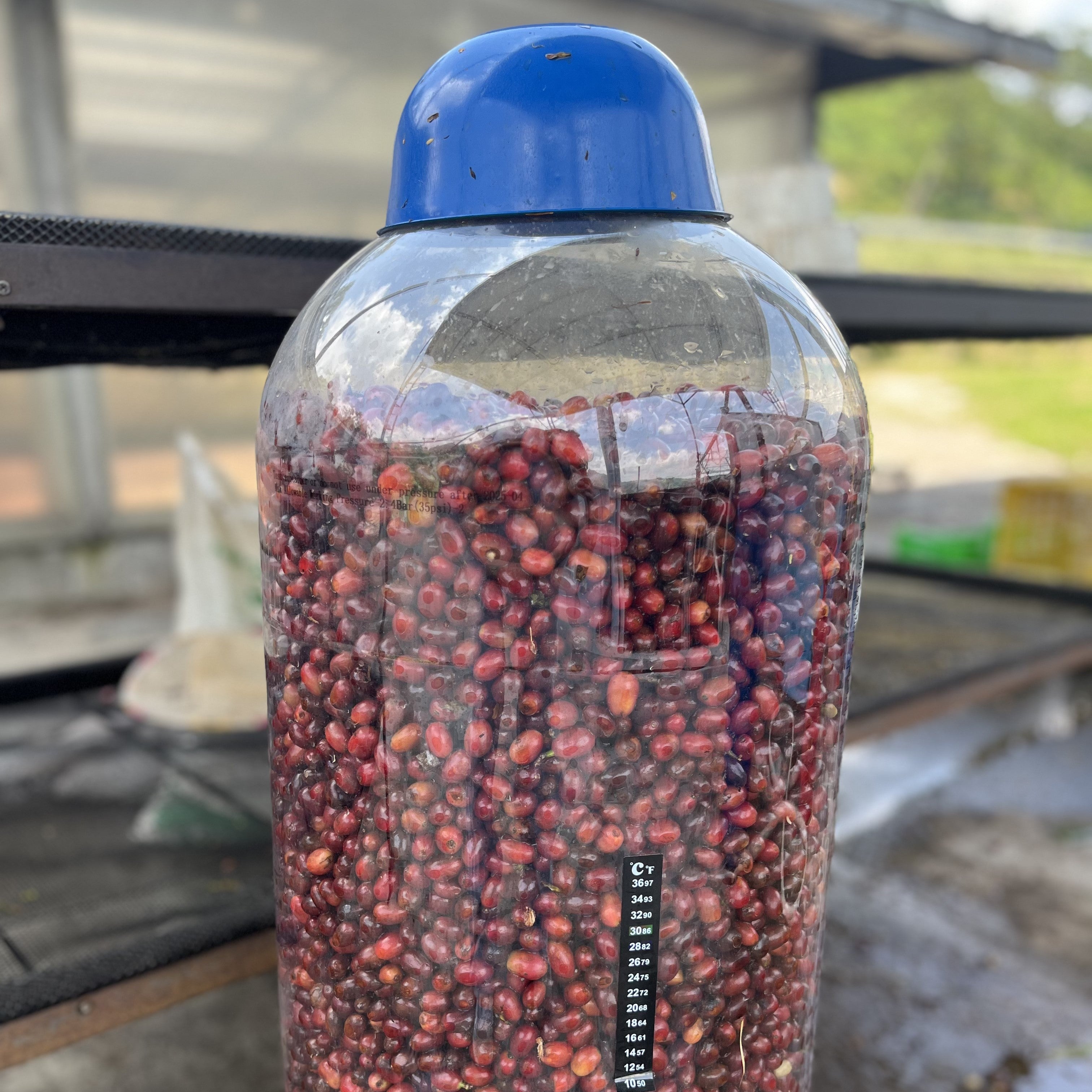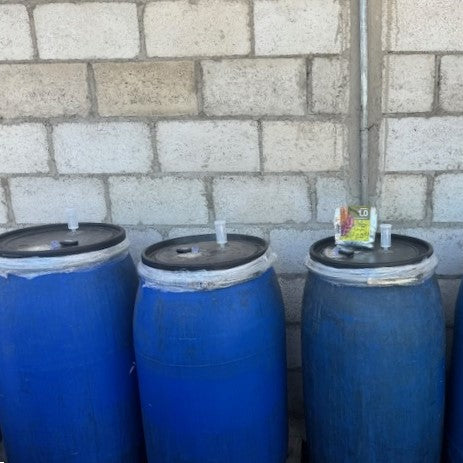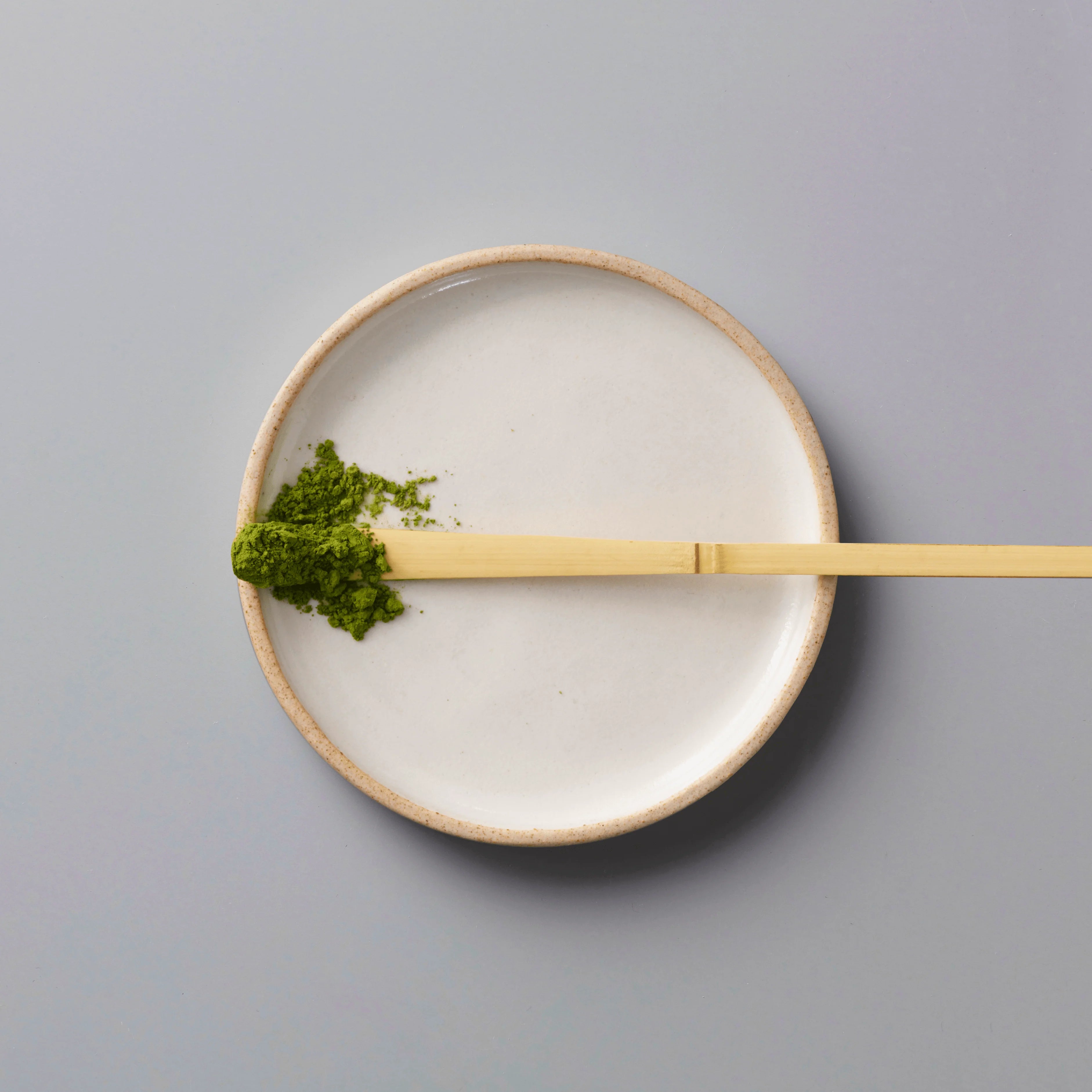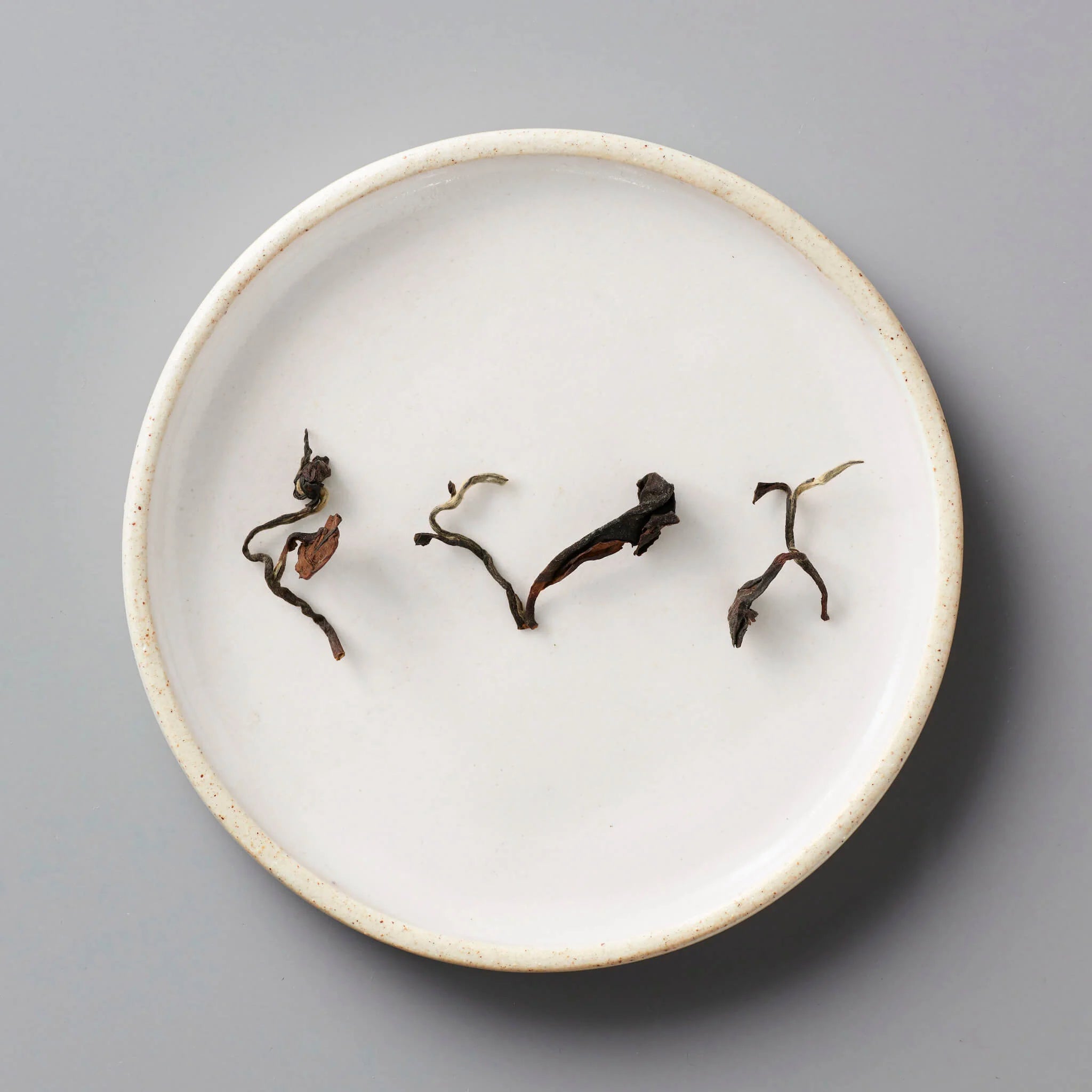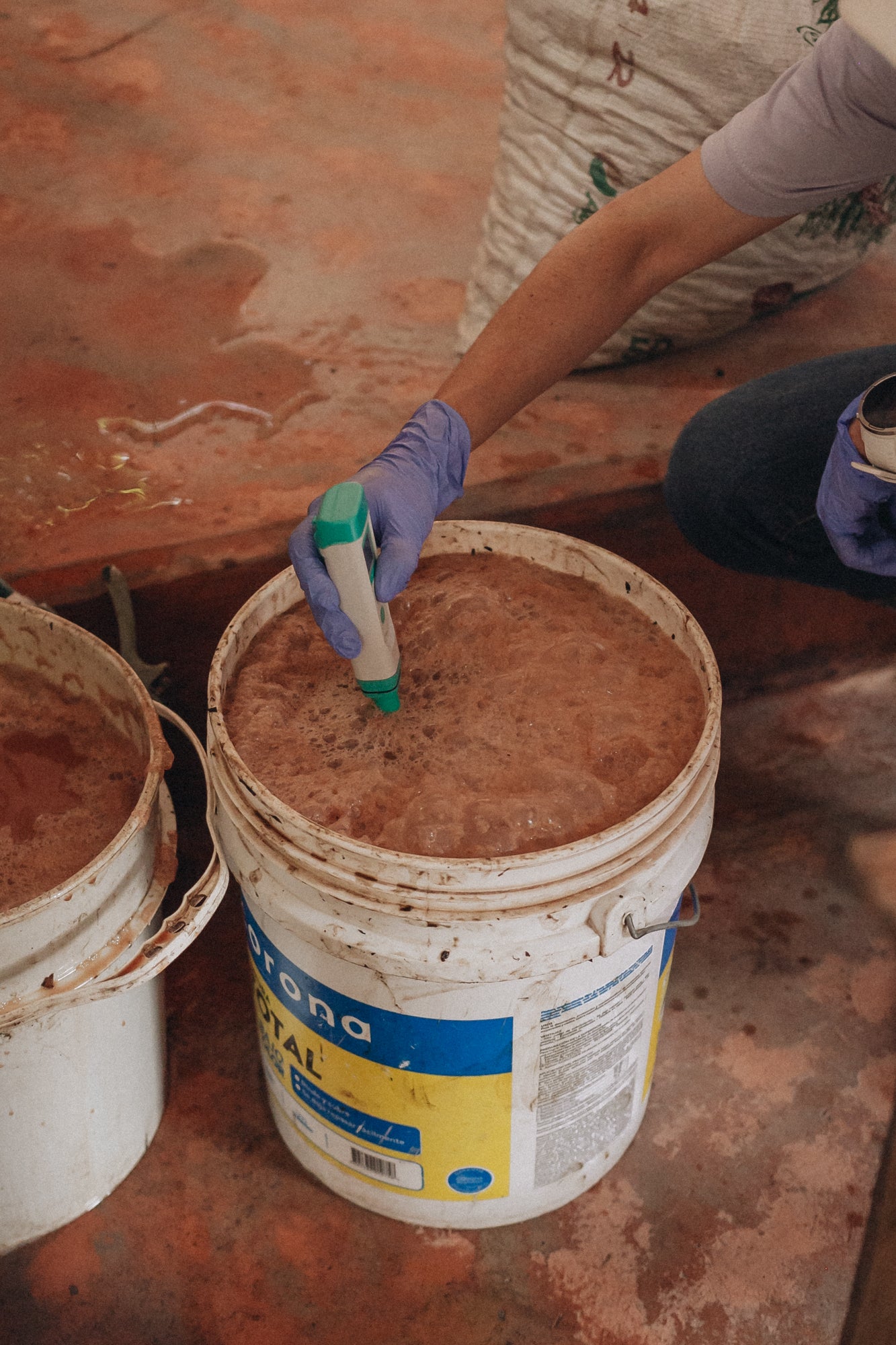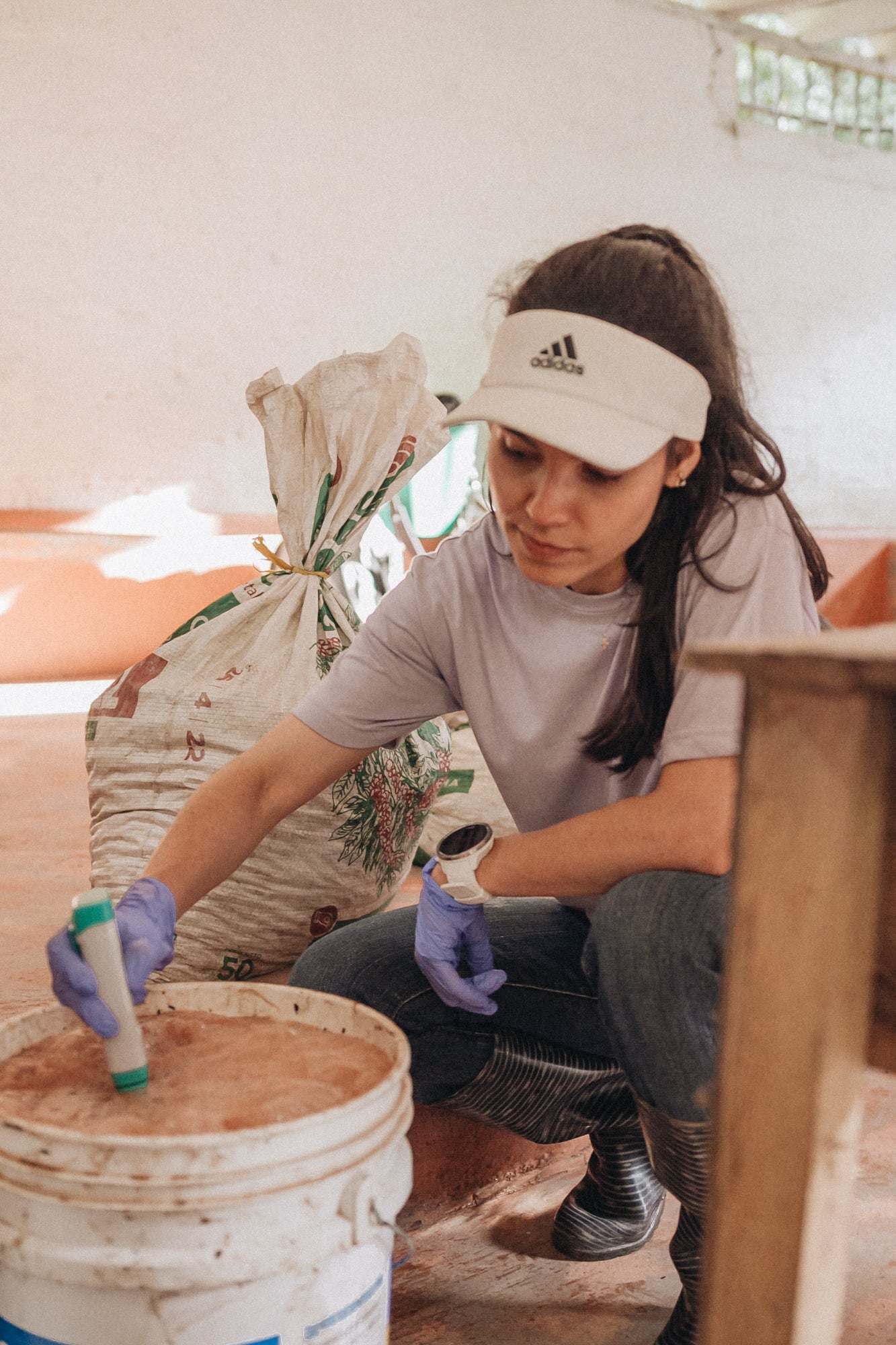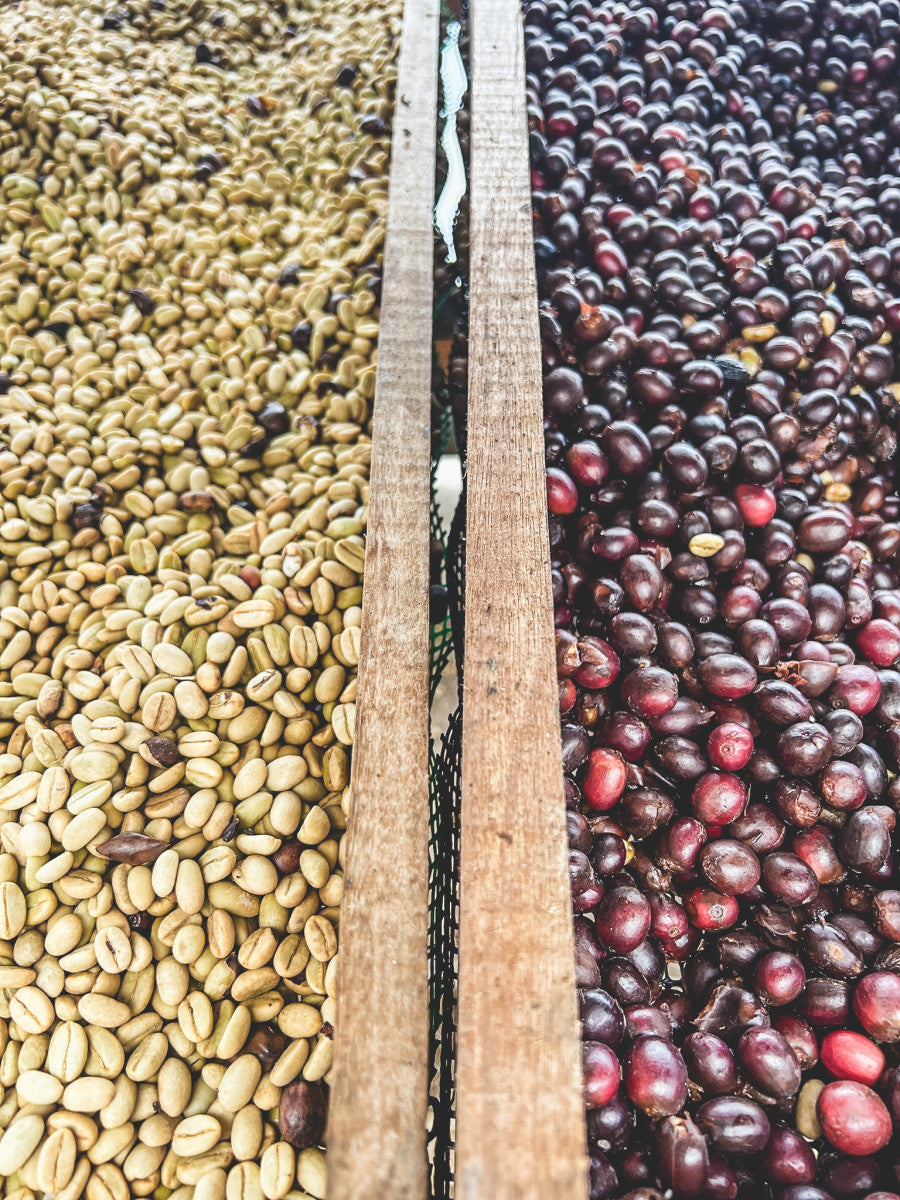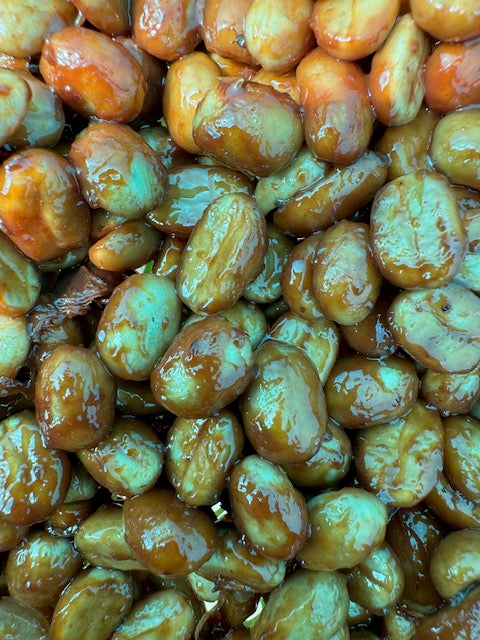Fermentation: Transformation of organic matter by enzymes secreted by micro-organisms. (ref Larousse.fr)
As we saw earlier, the coffee treatment process "only" serves to pulp the coffee cherry to obtain a bean with a moisture content suitable for storage and delivery. Whatever the process used to treat the coffee cherry, there is always a fermentation stage.
Whether in a wet process, where the cherry is first cleaned of its pulp (in whole or in part), or in a dry process, where the cherry is dried directly, fermentation takes place to detach the mucilage (pulp) from the bean, reduce its moisture content and release the aromatic components of the coffee [1, 2, 3, 4, 5]. The type of fermentation chosen will depend mainly on the terroir, the coffee variety, the climate and the desired aromatic profile.
What interests us today is controlled fermentation. We'll be looking at 3 basic types of fermentation: carbonic maceration, aerobic fermentation and anaerobic fermentation. In our next article, we'll look at the variations and experiments carried out by farms to enhance or even modify coffee aromas.
Controlled fermentation makes the process more stable, increases the consistency of the finished product, enhances the final quality of the coffee by highlighting the terroir and variety, and ultimately results in a higher price for the green coffee.
